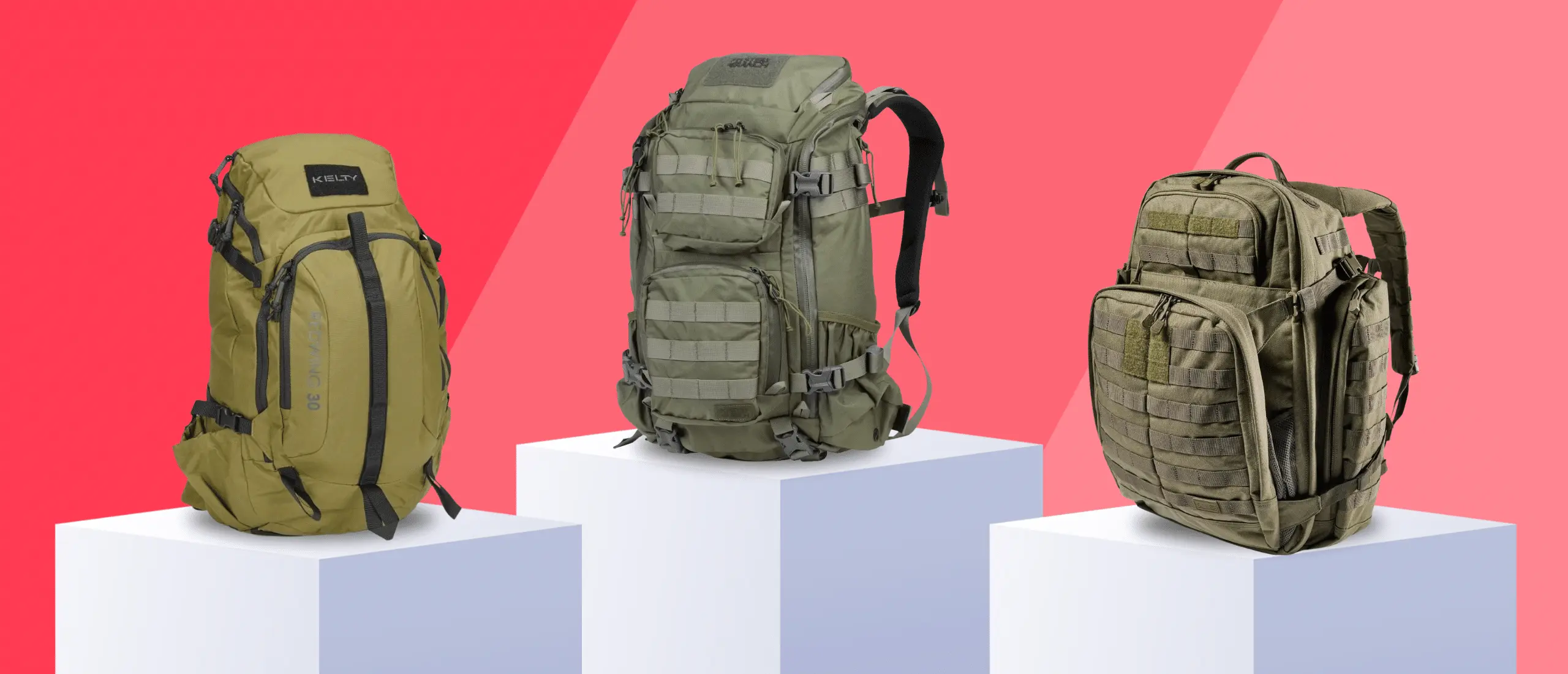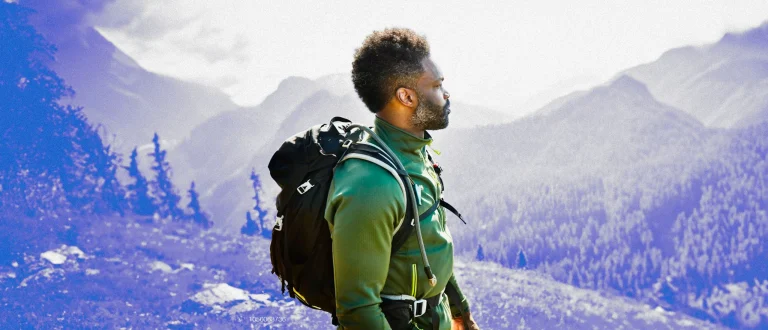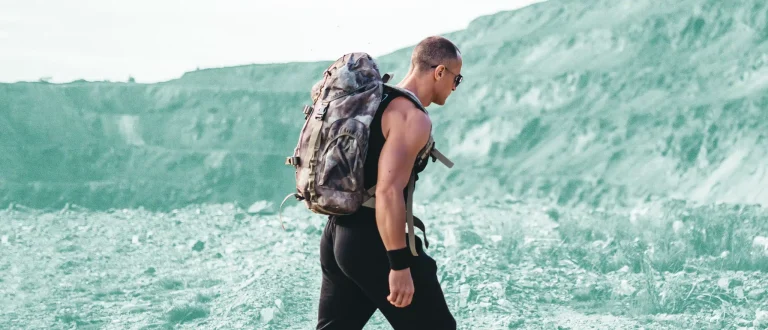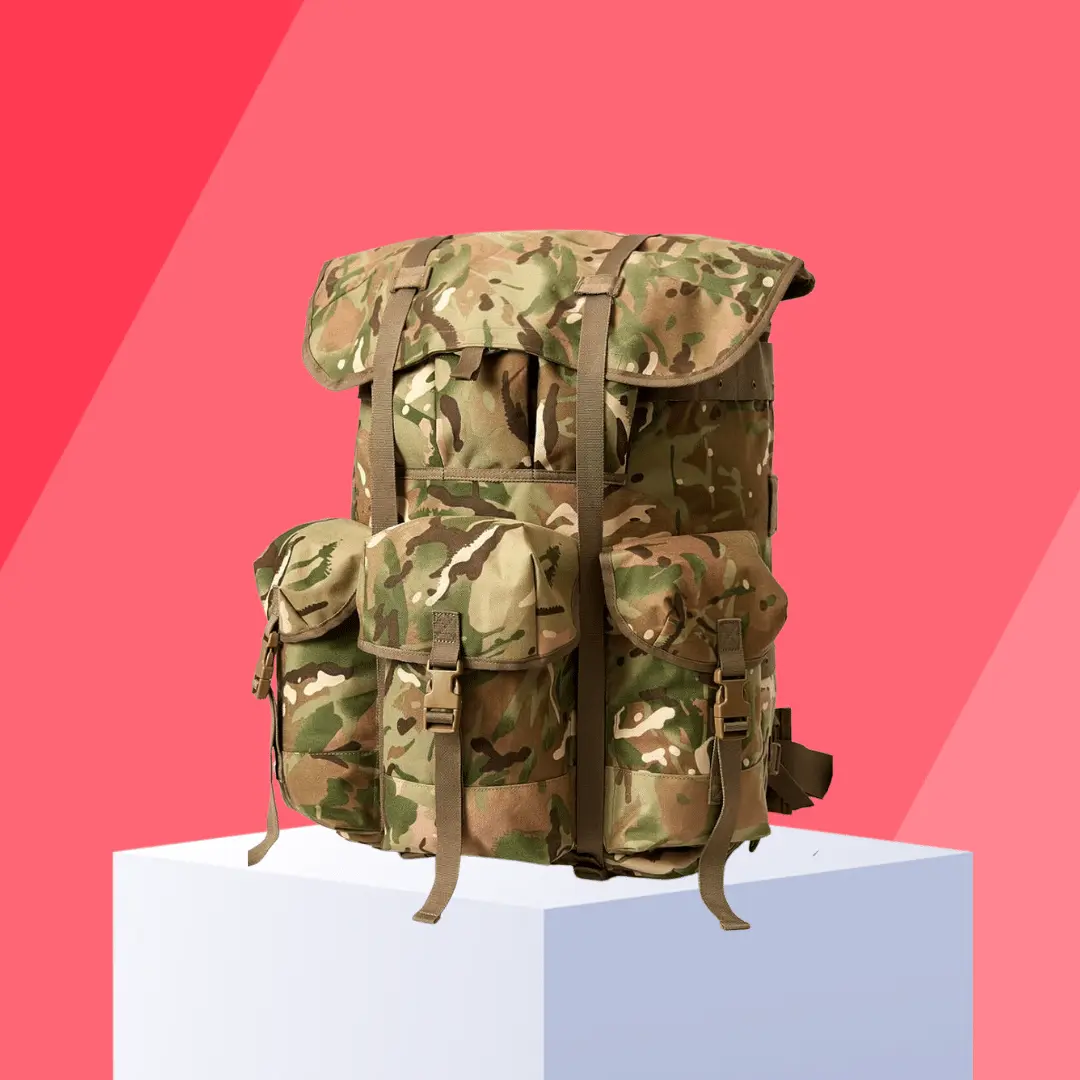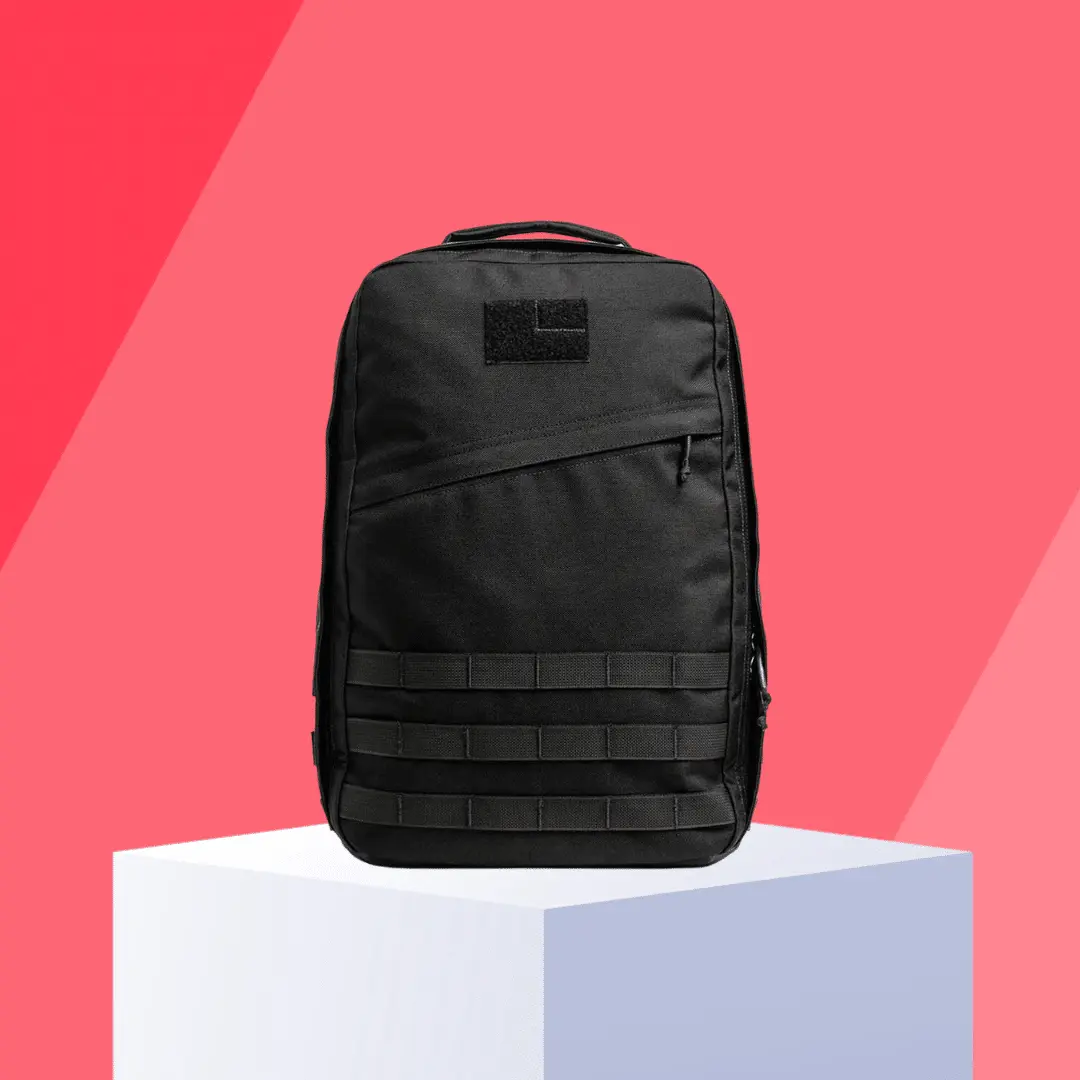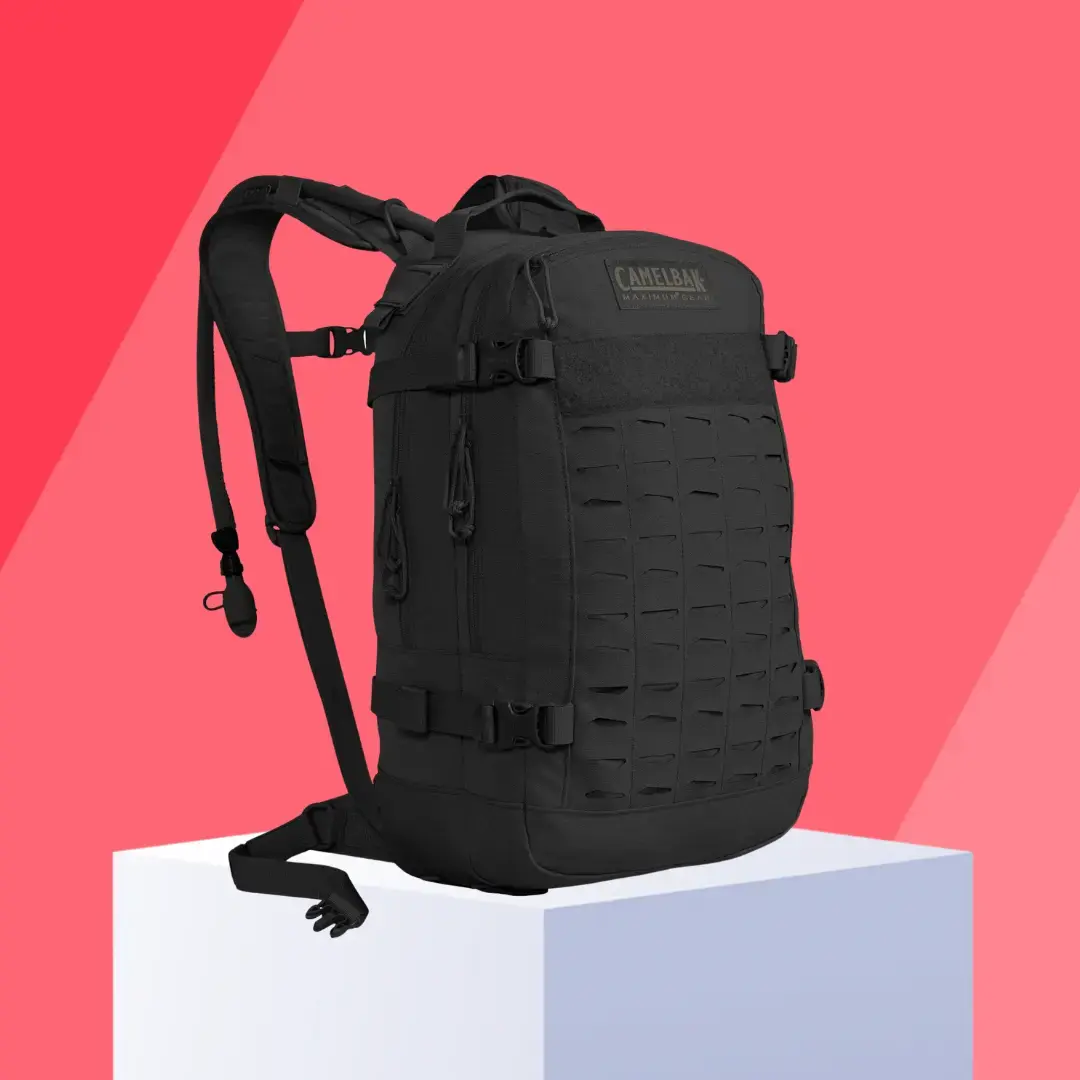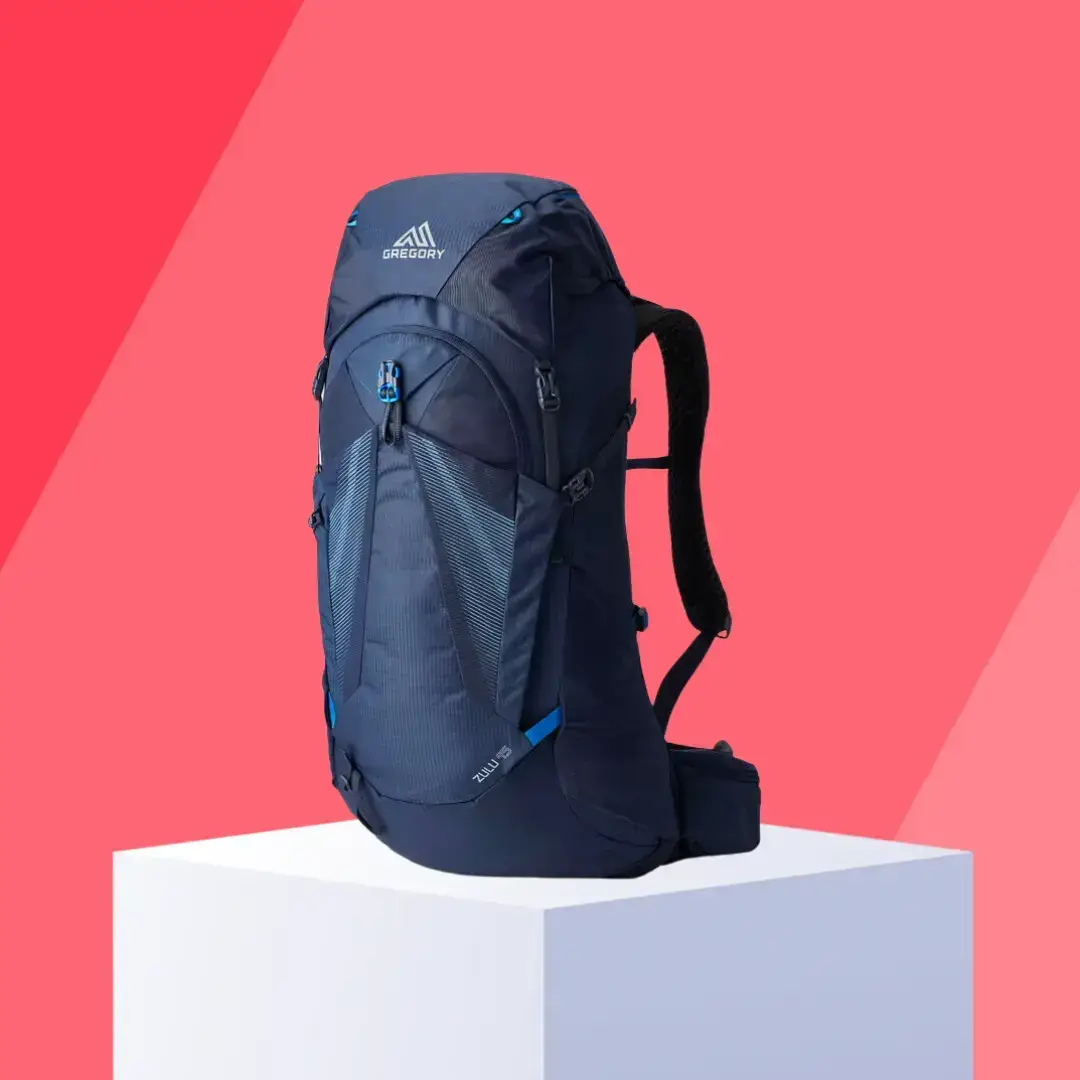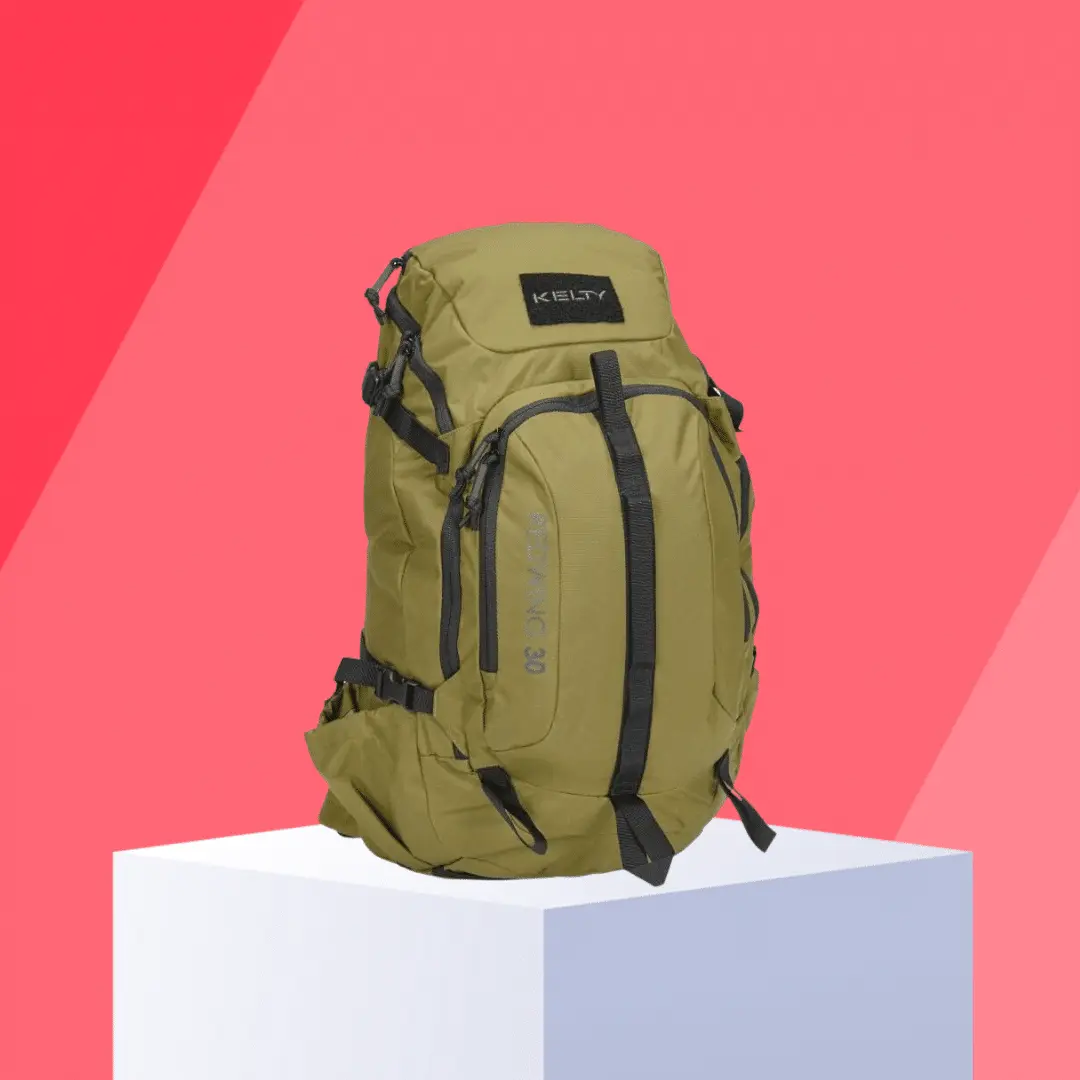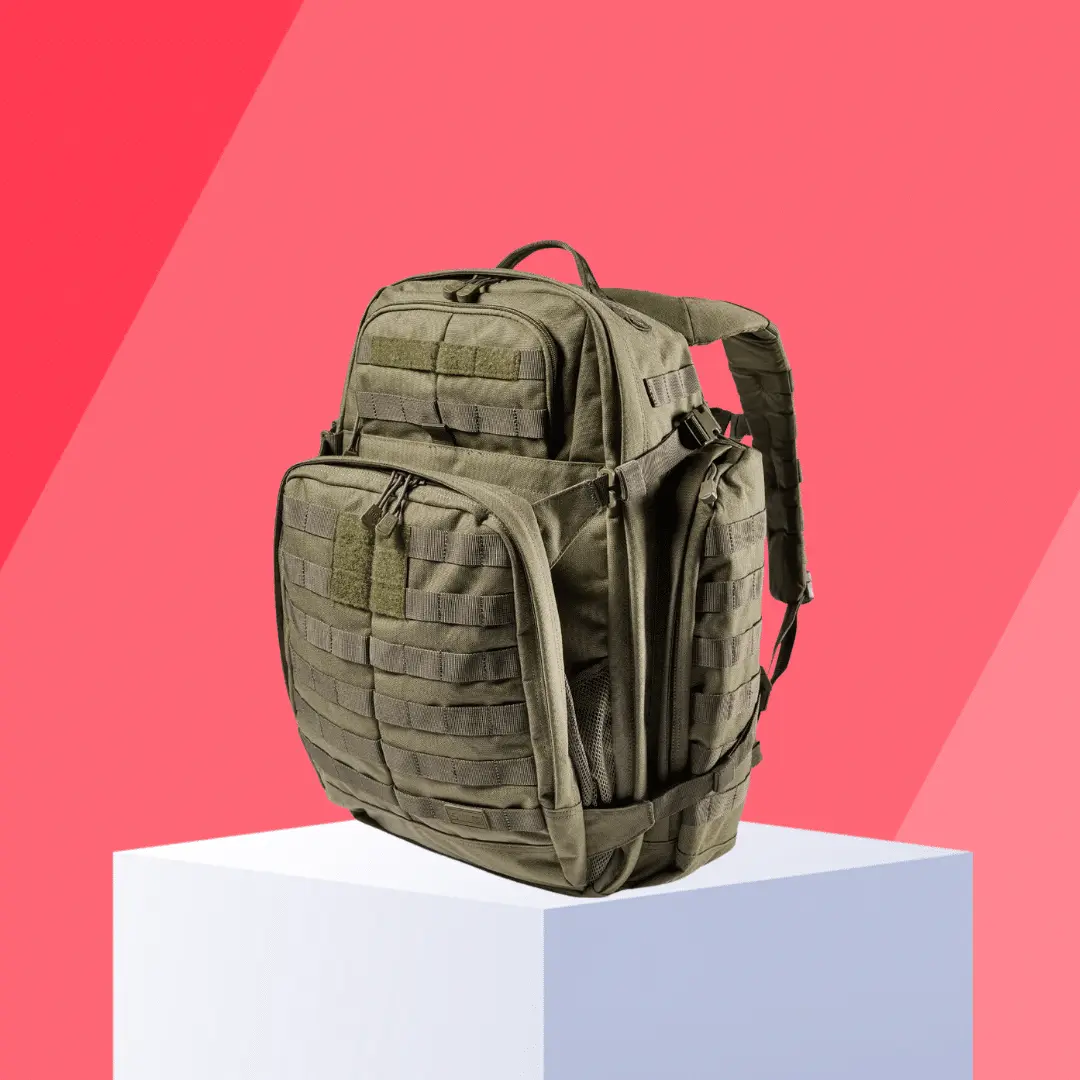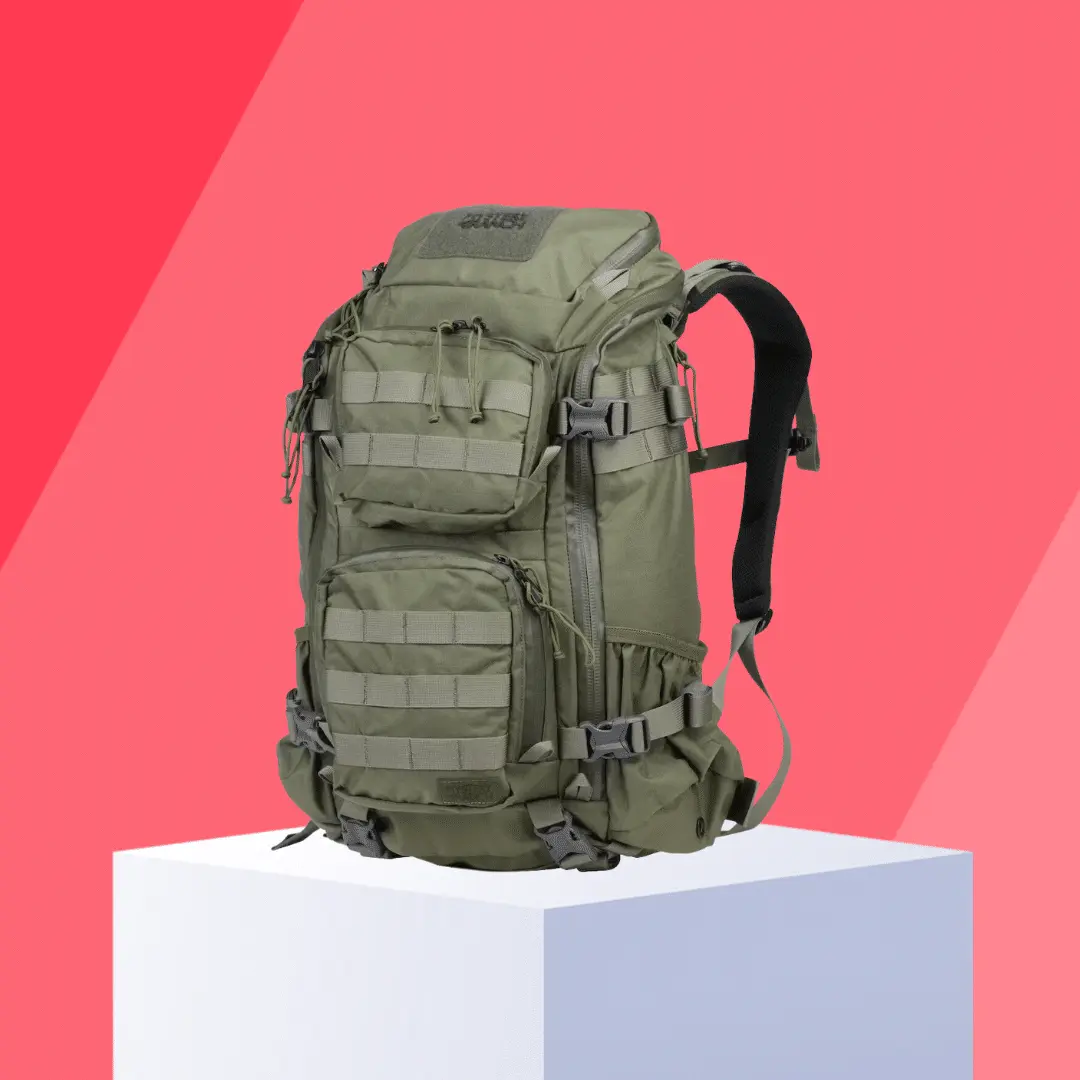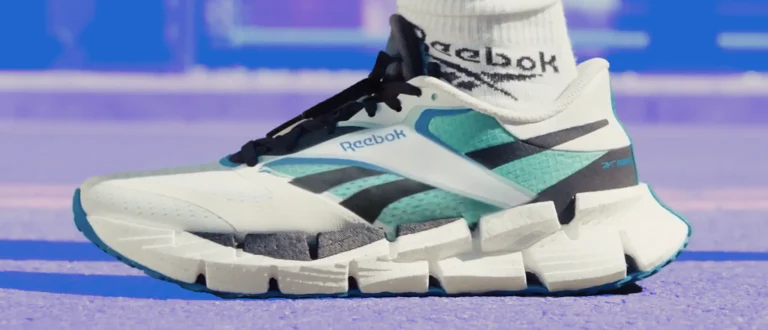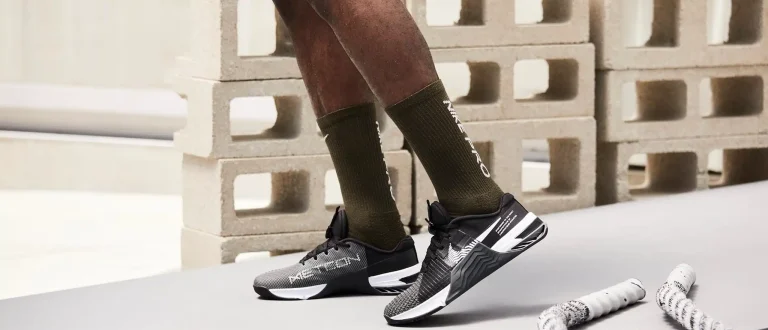Our product recommendations are selected by editors, tested first-hand, or expert-approved. We may earn a commission through links on our site.
When you think of exercises that’ll build up your functional strength, boost your cardio, strengthen your bones, melt calories, and help you live longer, what comes to mind? Probably not rucking.
Rucking, or walking while carrying weight across distance, is as simple and accessible a workout as it gets—it could be as simple as loading a backpack full of heavy things and going for a walk. It’s loved by longevity nerds like Andrew Huberman, Peter Attia, and more. But in the name of comfort and consumerism, there are of course more refined ways of getting into it. In the world of walking around with heavy stuff on your back, comfort looks like a very well-made backpack, appropriately called a rucking backpack. Here’s what you need to know about rucking and, more importantly, which rucking backpacks are actually worth the money.
Our top picks
ALICE Military Rucksack
GORUCK GR1
CamelBack HAWG Hydration Pack
Gregory Zulu 45L
Kelty Tactical Redwing Backpack
5.11 Tactical Rush 72
Mystery Ranch Blitz 30L
Why Trust Us
I’ve spent the better part of ten years finding, testing, and reviewing products. I’ve used our on-staff experts in rucking, the views of fitness experts, and my own experience rucking to build this guide. I’ve spent the time so you don’t have to.
What to Look for in a Rucking Backpack
Durable materials
If you’re rucking right, you’re going to be beating this backpack up a lot. For that purpose, you’ll want to make sure the bag you splurge for is made with some kind of heavy-duty material to reduce the risk of gear failure while out and about. Most quality rucking backpacks are made with some blend of Cordura or resilient nylon, which is a good place to start. Also consider looking into what sort of zippers the bag is fitted with, as they are the only thing ensuring the added weight you’re carrying doesn’t fall out of the bag. Generally, if you see a name brand like YKK zippers, you’re in the clear.
Perfect fits
If possible, it’s absolutely recommended to try on a rucking backpack before buying. These bags are generally quite expensive, and buying one that doesn’t fit your frame can be more than an inconvenience. Misstepping with an extra 50 pounds on your back, especially if you’re trail rucking, can end badly. Trying the bag before buying saves you money, headaches, and potential injuries.
Water bladder
This one’s simple: rucking is hard work, and having quick and easy access to water should be a non-negotiable feature. If the bag doesn’t come with a built-in reservoir and fits you perfectly, buy one that slides in the bag and make it work. Dehydration is serious, and rucking is exactly the kind of lengthy workout that can lull you into a false sense of ease.
Storage matters
Yes, a rucking backpack needs a spacious compartment to carry whatever means by which you plan to weigh yourself down (sand, water bottles, or plates designed for rucking are all popular). But you also need space for other essentials fit to where you’re doing your rucking. If you’re hiking, you’ll want a simple first aid kit, bug spray, and plenty of snacks, for example. If your rucking bag doubles as a carry-on, make sure it has a well-padded laptop sleeve. Consider the context in which you’ll use the bag, and pick a bag with those needs in mind.
Ruck It
The Best Rucking Backpacks for the Money
ALICE Military Rucksack
Best affordable rucking backpack
There can be no conversation about rucking backpacks without the granddaddy of rucking itself—the ALICE pack. All-Purpose Lightweight Individual Carrying Equipment—or ALICE—was first issued by the U.S. military in 1973, and though it’s been largely phased out by the MOLLE system (the military loves their acronyms), it remains popular in the rucking world.
Why, you ask? It’s one of the only reliably solid rucking setups that won’t cost you an arm and a leg to buy. The framed pack has a large central storage compartment for weight and loads of individualized pockets for belongings. And though the one we’ve linked here comes with the frame and bag, you can buy them separately if you wish (and more affordably if you have a military surplus store near you).
A word to the wise, though: the frame which the bag attaches onto for stability isn’t adjustable, so if you’re especially tall or short, consider swapping it out with another frame that suits your build. Size and fit of a rucking backpack are incredibly important.
Notable feature: Military issued beginning in 1973
Max volume: 50L+
Bag weight: 5lbs
- Classic design has been popular since the 1970s
- Can swap the frame in and out depending on fit
- Loads of individualized pockets
- Affordable
- Frame is not adjustable
- Designed for average-sized person—taller or shorter users might find uncomfortable
- Material not as waterproof as other options
GORUCK GR1
Best high-end rucking backpack
GoRuck is probably the biggest name brand in the world of rucking backpacks. The company makes its admittedly pricey backpacks out of some of the most obscenely tough textiles on the market, but does so without leaning fully into the military surplus aesthetic, meaning it functions beautifully as both a rucksack and an everyday backpack for work and traveling (even the larger 26L size works as a carry-on).
It’s also backed by the brand’s “Scars Lifetime Guarantee,” which guarantees that, should the bag break or wear out through use, the company will fix it free of charge. Considering the bag is literally designed for you to beat the hell out of, that’s a fairly high-value guarantee.
Notable feature: Small enough to bring on a plane, tough enough to survive an explosion
Max volume: 26L
Bag weight: 3.1lbs
- The cream of the crop rucking backpack
- Material is almost comically tough
- Extremely well-protected laptop sleeve
- Lifetime guarantee
- Very expensive
CamelBak HAWG Hydration Pack
Best GoRuck GR1 alternative
If you’re into GoRuck but wary of GoRuck prices, consider CambelBak’s HAWG pack as a high-value backup plan. If you’re into aesthetics, CamelBak’s option sports GoRuck’s blacked-out, urban tactical vibe nicely. Its material makeup is similar, too; the brand used a 500D Cordura fabric for the main body, which is extremely similar (and used for the same things) as GoRuck’s typical 1000D Cordura.
The CamelBak option also comes with more external MOLLE webbing as well, offering more room for customization and attachments, not to mention the water bladder embedded in the bag.
What’s the catch? The interior of GoRuck bags is definitely more developed—more pockets, more secure storage, incredibly robust laptop slot. But if you’re getting a rucking backpack to ruck, this is a solid, well-made option.
Notable feature: Large water reservoir for tougher rucks
Max volume: 23L
Bag weight: 2.69lbs
- Solid value buy
- Loads of MOLLE webbing for exterior storage
- Similar to more expensive GoRuck bag
- 100oz water storage
- Limited interior storage options
Gregory Zulu 45L
Best lightweight rucking backpack
Gregory makes lightweight, comfortable, feature-heavy packs for folks who aren’t necessarily going for the tactical look of many rucking packs. The Zulu 45 is a day pack on the larger end of the scale, but its weight is still a feathery 3.7 pounds, while boasting a solid 40-pound maximum carry weight.
From a numbers perspective, it’s a very weight-efficient bag, but what we really like is the thoughtfulness baked into its design.
The bag comes in a few different sizes and the brand offers a very detailed sizing guide, ensuring the bag you buy really does fit your body, which minimizes injury risk and maximizes comfort. There are more pockets than a single person could ever possibly fill. The back is made of an airy mesh, so you’re less likely to sweat through your pack. The Zulu pack also comes with adjustable back length, which is a huge boon for rucking and gives the bag exceptional weight distribution.
The pack is covered by the brand’s blanket limited liftetime warranty.
Notable feature: Frame is extremely flexible, so moves with your body
Max volume: 45L
Bag weight: 3.7lbs
- Super lightweight
- Loads of storage
- Strong warranty
- Designed for comfort
- It ain't cheap
- Not suitable for heavier loads
Kelty Tactical Redwing Backpack
Best compact rucking backpack
If ALICE packs are the most-recommended affordable rucking backpacks, Kelty’s Redwing line is a very close second place. The bags are simple-looking, sturdy, and typically offer a slimmer profile than other brands.
The line between a rucking backpack and a hiking bag is blurry, but Kelty’s design and function rides it fairly well. It also doesn’t make you look like you’re roleplaying a military vet, which, for some, is important. The bag is frequently recommended to experienced and first-time ruckers alike on the rucking subreddit, too. One negative: almost everyone who recommends a Kelty Redwing pack does so with the caveat that you should immediately remove the waist belt, which is apparently uncomfortable and not all that helpful. This shouldn’t be an issue for anyone who’s not carrying the absolute heaviest loads, though.
Notable feature: Removable waist belt
Max volume: 30L
Bag weight: 2.75lbs
- Affordable
- Very compact for a rucking backpack
- Highly adjustable
- Great starter pack
- Waist belt can be a pain (but is removable)
- Not a traditional rucking backpack
- Smaller than many rucking options
5.11 Tactical Rush 72
Best rucking backpack for tactical vibes
If you’re into the tactical vibes, 5.11 Tactical’s big go-bag might be for you. Developed and used during World War II for bullet and fragment resistance, the bag is made out of the nigh-indestructible 1050D nylon, which is also abrasion- and water-resistant (and also explains why the bag itself is more than 5 pounds in weight). Within the 55L of storage, the bag offers plenty of protected space for personal belongings during longer rucks (laptops, phones, snacks, etc.) with room for added weight to boot. Naturally, there’s a hydration pack slot in the bag as well.
Notable feature: Huge storage capacity
Max volume: 55L
Bag weight: 5.3lbs
- Extremely durable
- High weight capacity
- Hydration bladder
- Looks tactical, if you're into that
- On the heavier side
- Doesn't fold down very easily
Mystery Ranch Blitz 30L
Most comfortable rucking backpack
Mystery Ranch was known for a long while as the higher-end brand of outdoor “tactical” gear for retired service members, U.S. forest rangers, and other folks who demand more than is reasonable from their outdoor gear. So its rucking backpacks come with both a higher cost and higher expectations.
The Blitz 30L, which is offered in S/M and L/XL sizes (a rarity in this world), is extremely popular as a training rucking backpack. The pack borrows the aesthetic of the classic military rucksack and updates it with sturdier, more hardwearing materials and a drastically more comfortable fit. The latter note can’t be stressed enough: when you load a backpack down with 30, 40, 50 pounds or more, comfort and fit aren’t “nice to have” features—they’re critical for safety and sticking to the workouts in the long term.
Notable feature: Multiple sizes
Max volume: 30L
Bag weight: 3.8lbs
- Lifetime guarantee
- Supremely comfortable to wear
- Multiple size options
- Expensive
Rucking FAQs
Can I use any backpack for rucking?
You could, yes, but it’s not recommended if you plan to ruck consistently for exercise. For safety, comfort, and long-term health, it’s best to invest in a bag that distributes weight as evenly as possible without applying too much pressure on any one part of your body.
That said, you absolutely should give rucking a try with a normal backpack weighted down with whatever you’ve got around the house before buying another pack that costs a lot of money. During these test rucks, we’d recommend sticking to paved or graveled roads, rather than heading straight for the trail.
How much weight do you put in a rucking backpack?
Rucking weight is always determined as a percentage of your bodyweight, rather than a flat number. Experienced ruckers typically aim for anywhere from 20 to 30 percent of their bodyweight in their pack, while beginners should aim for 10 to 15 percent as a healthy starting point.
Is there a difference between a hiking backpack and a rucking backpack?
You’ll see many hiking backpacks recommended for rucking. This is because hiking and rucking share DNA—both activities demand carrying a load on your back over an extended period of time, which means weight distribution, carry capacity, and comfort are essential.
The key difference between the two styles of backpack typically comes down to weight. Rucking-specific backpacks are usually heavier, with higher maximum carry weights, which means they’re more often made from heavier materials. Hiking backpacks are lighter, usually aren’t suited to haul the heaviest loads, and made with more breathable materials. If you’re wondering if it’s essential you get one or the other, consider your goals—do you plan to really push into higher loads with rucking? Get a quality, durable rucking backpack. Looking for something more comfortable that’s better suited for moderate loads? A hiking backpack should probably work.

